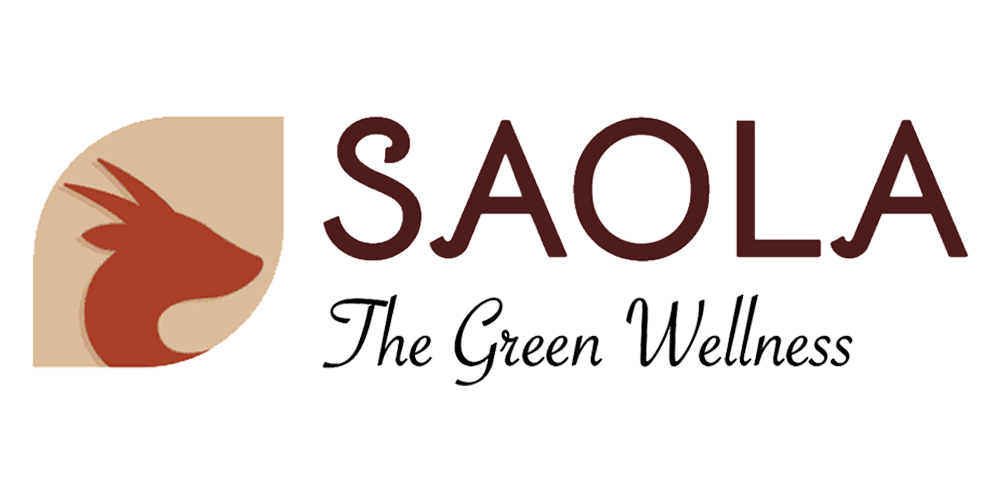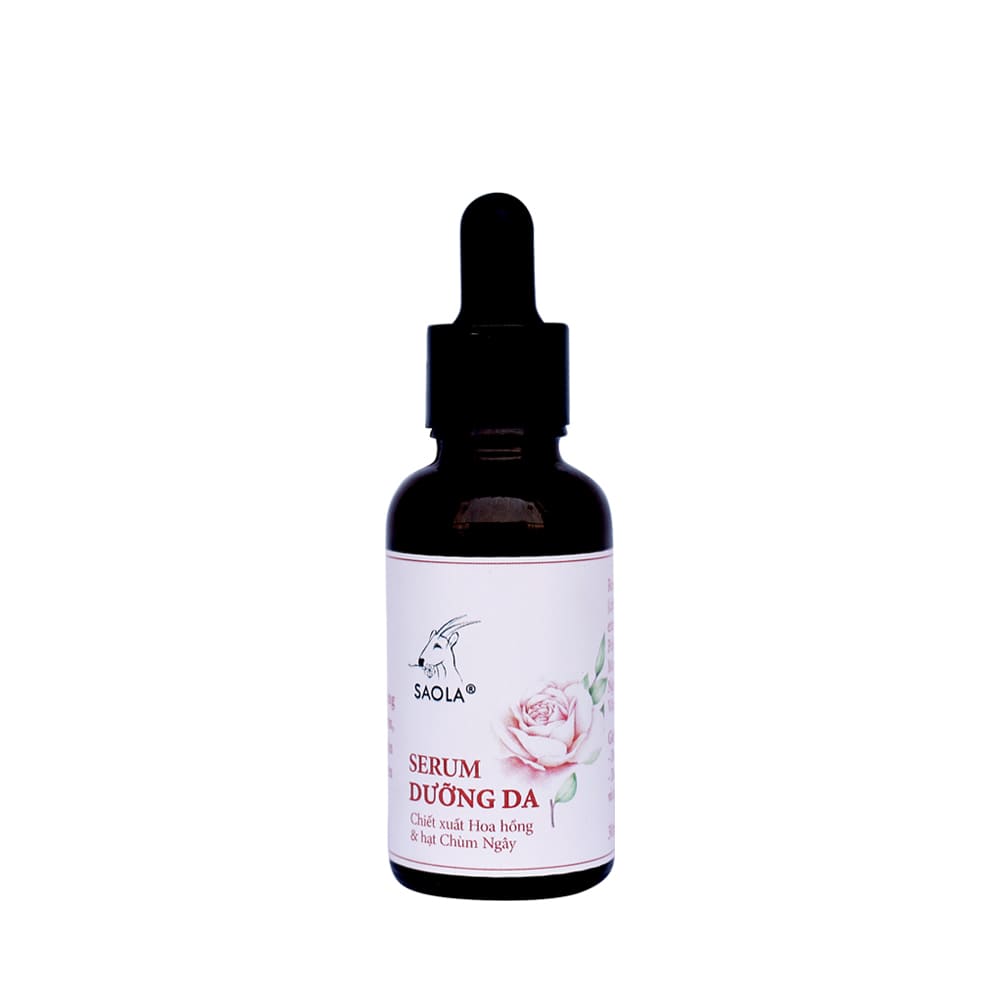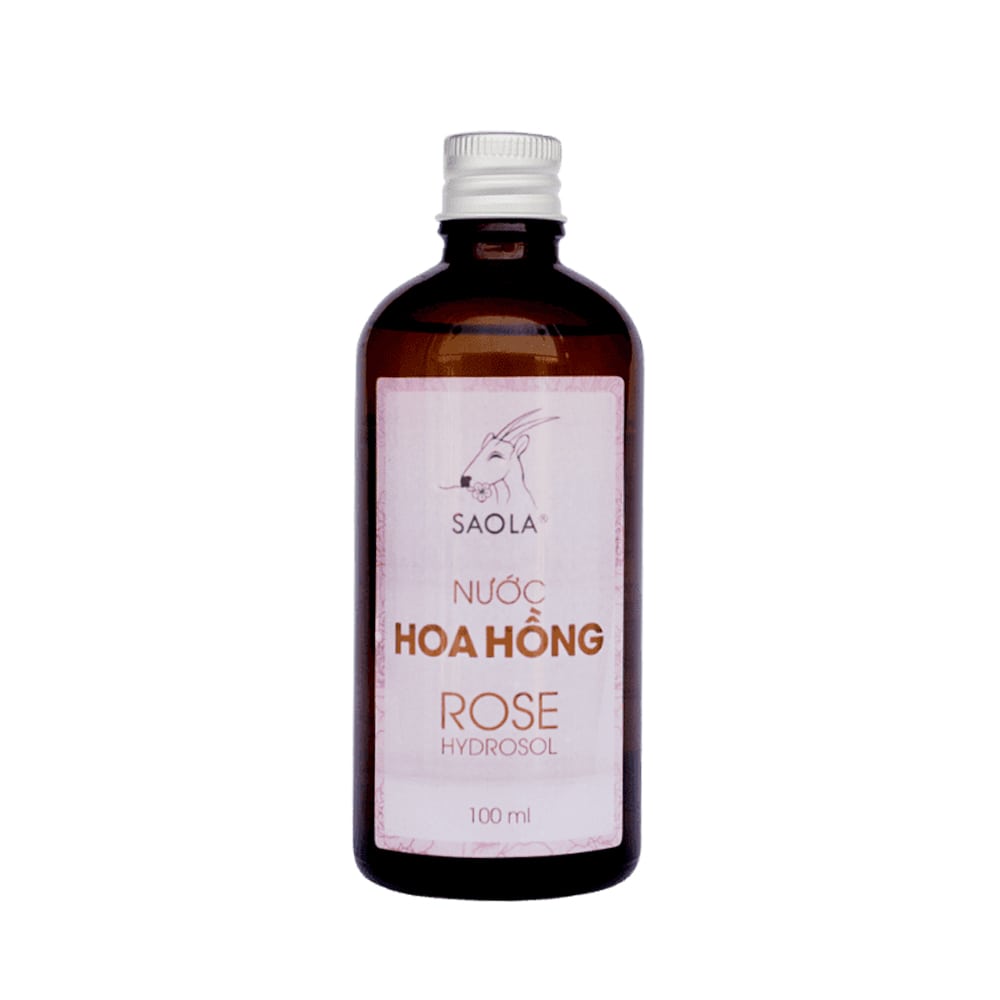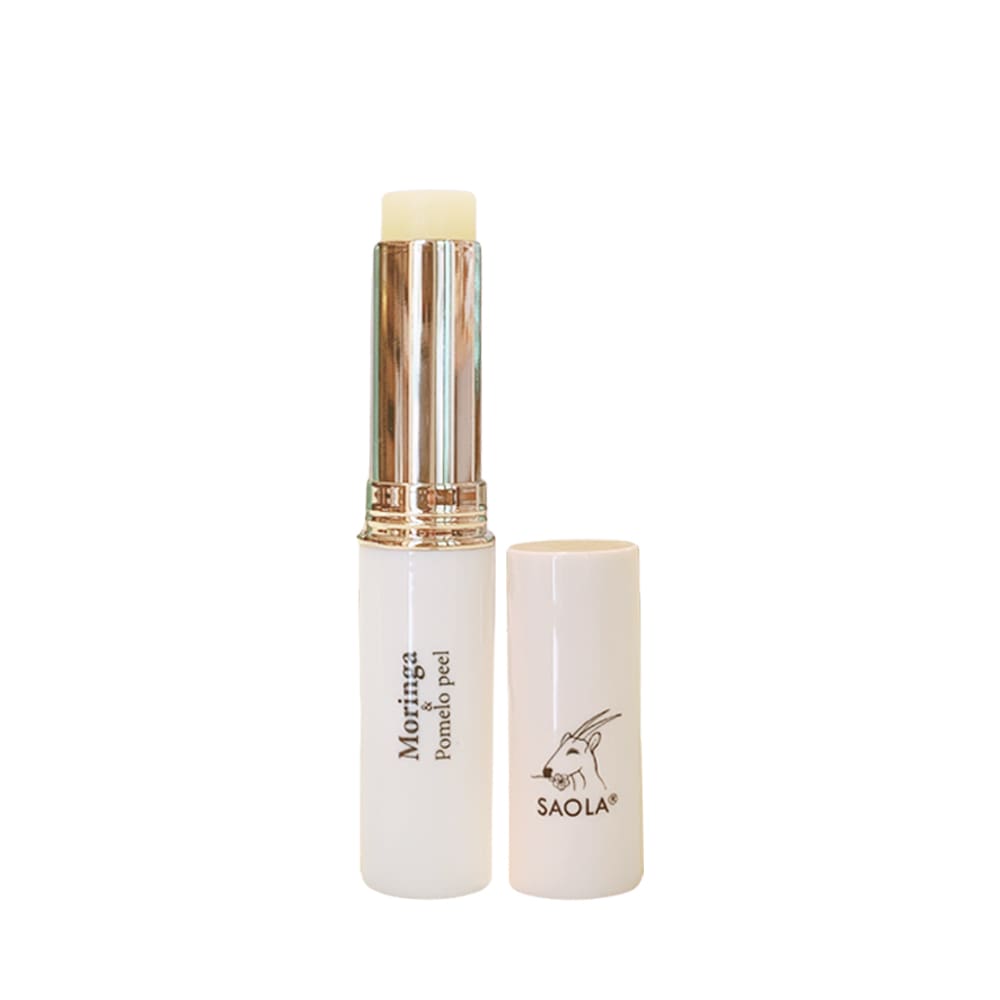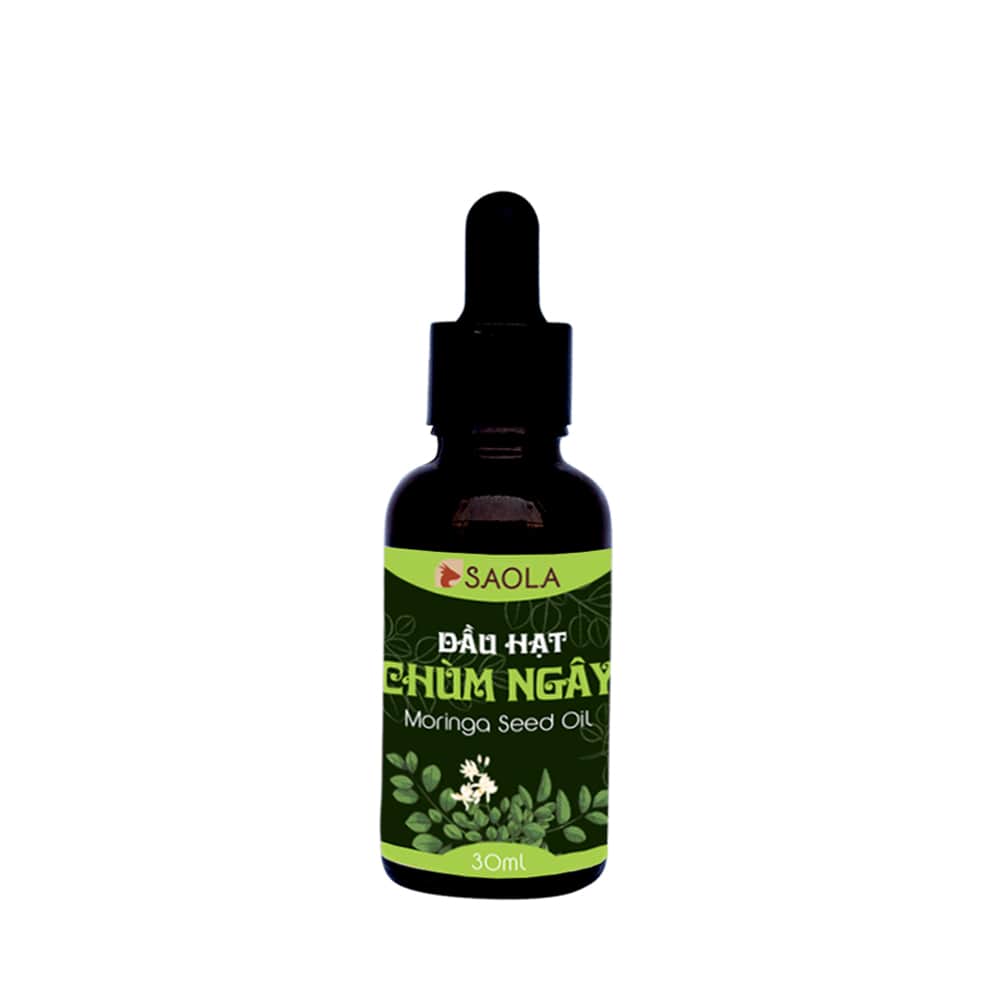To align with the natural and social characteristics of the central region of Vietnam, Liên Minh Xanh does not focus on developing centralized, specialized, and high-intensity farming areas. Instead, Liên Minh Xanh develops raw material areas based on the potential of local resources and the labor of households collaborating with the company.
Currently, the company is developing two main raw material areas along the upstream region of the Perfume River, extending to the upper reaches, approximately 20 km west of Hue city. These include:

Raw material areas with medicinal plants distributed under natural forest canopies in the communes of Nam Dong and A Luoi districts, Thua Thien Hue province (upstream of the Perfume River). To date, the company has partnered with local residents to plant over 12 hectares of Thiên niên kiện (Homalomena) under the forest canopy. Several other promising plant species, after successful research and trials, will be cultivated in the near future.

Residents of A Roang commune actively participate in planting and caring for Thiên niên kiện (Homalomena) under the natural forest canopy.

The cajeput (Melaleuca cajuputi) and broad-leaved paperbark (Melaleuca quinquenervia) raw material areas have been restored and newly cultivated in Duong Hoa commune (Huong Thuy district) and Huong Tho commune (Huong Tra district). Among these, Melaleuca cajuputi is an indigenous species (renowned for producing Hue cajeput oil) that has been rehabilitated and naturally regenerated from forests previously destroyed and overexploited. Melaleuca quinquenervia is a new variety introduced to Vietnam from Australia (commonly referred to as Australian cajeput) and has undergone variety trials and experimental planting in this area since 2012.

Lien Minh Xanh cajeput raw material area is located in Duong Hoa commune, Huong Thuy town, Thua Thien Hue province.
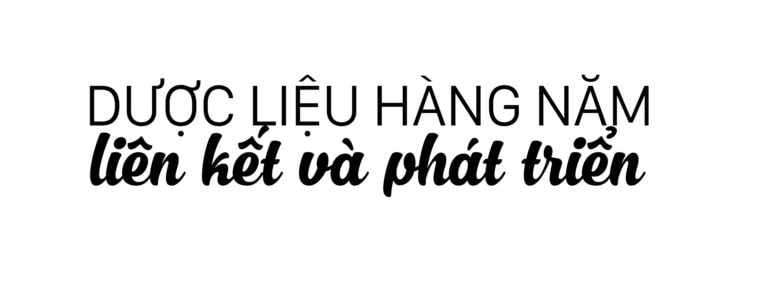
Raw materials from annually harvested plants, such as ginger, lemongrass (Cymbopogon citratus), pomelo (Citrus maxima), and roses, are cultivated by households in Nam Dong, A Luoi, and Huong Thuy districts. These plants are grown on upland fields and home gardens with seeds and technical guidelines provided by Liên Minh Xanh.
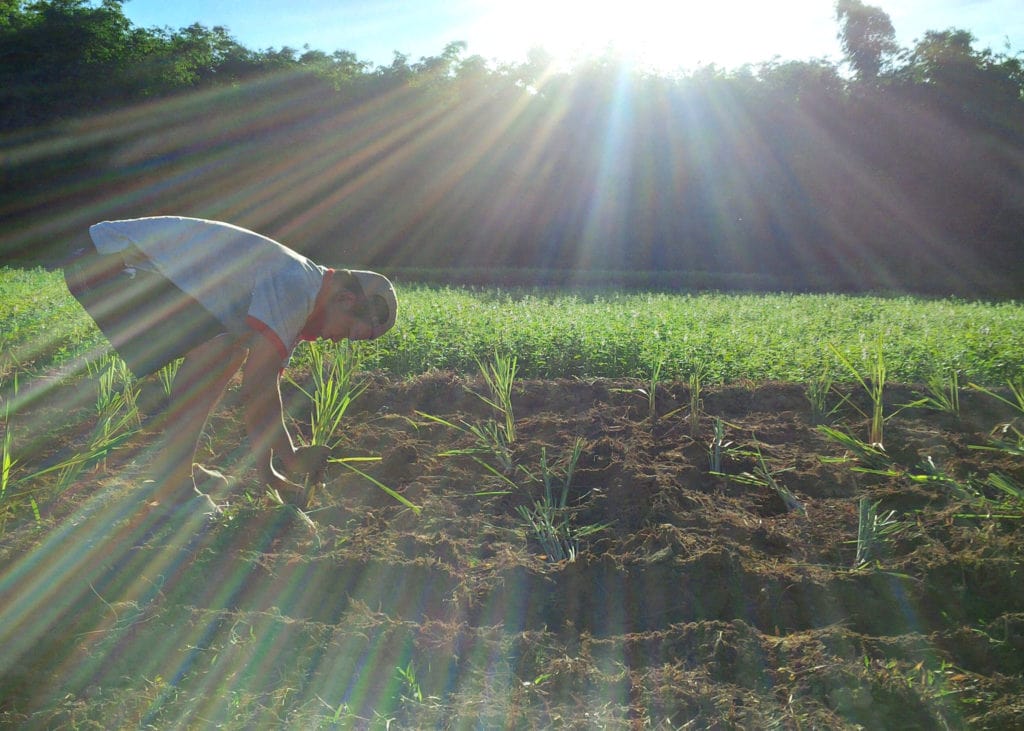
Lien Minh Xanh cultivates its lemongrass raw material area independently.
